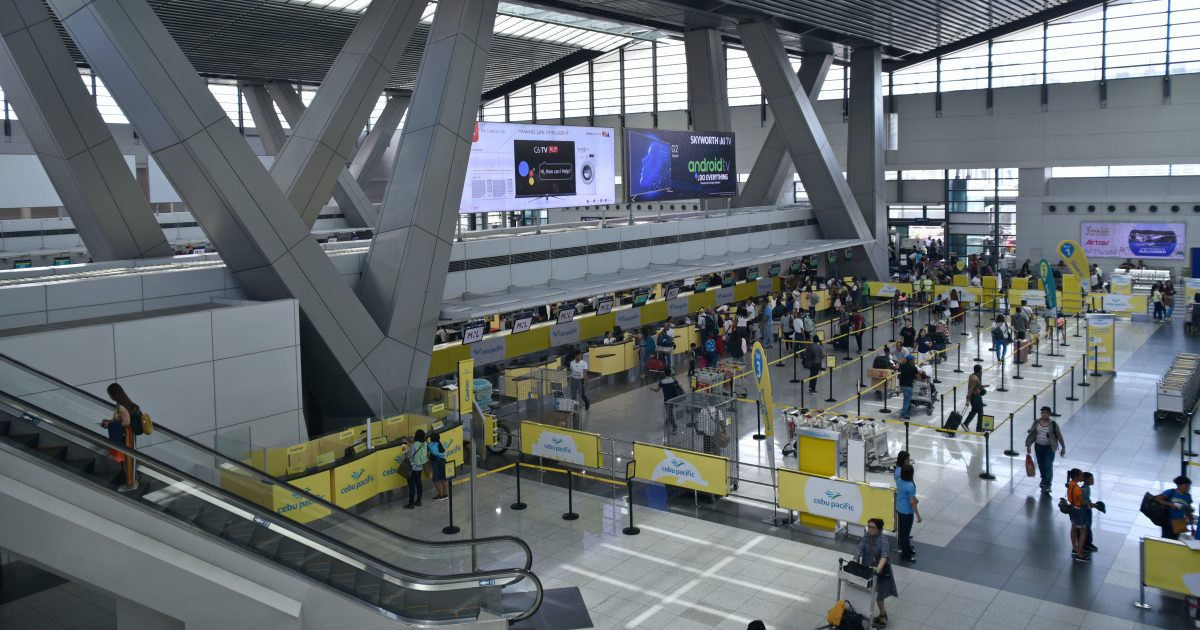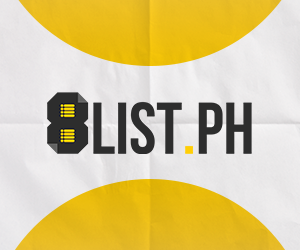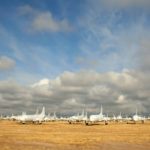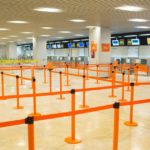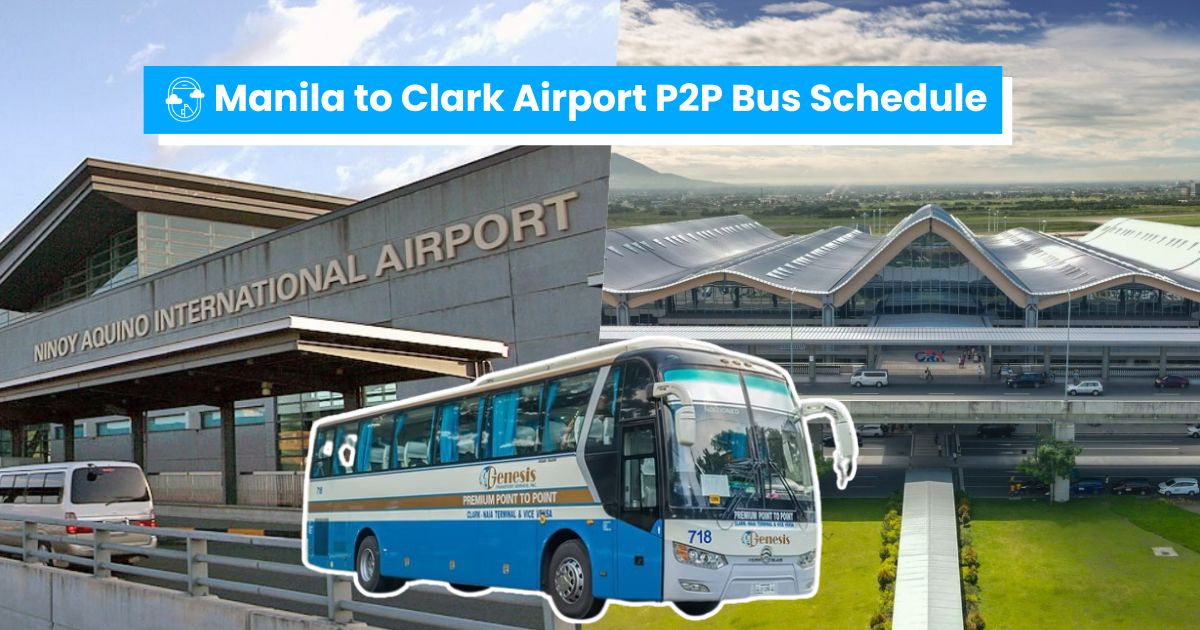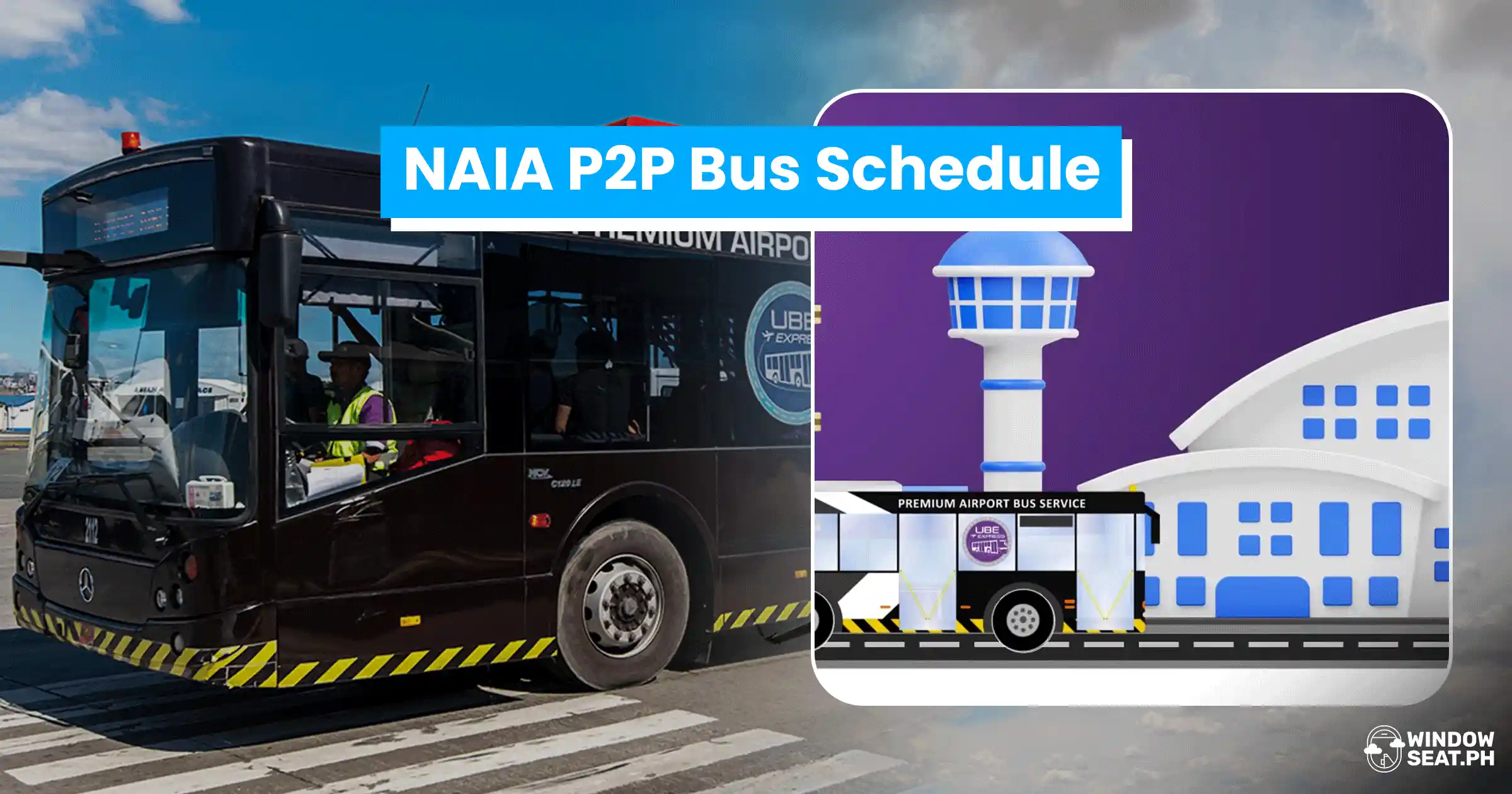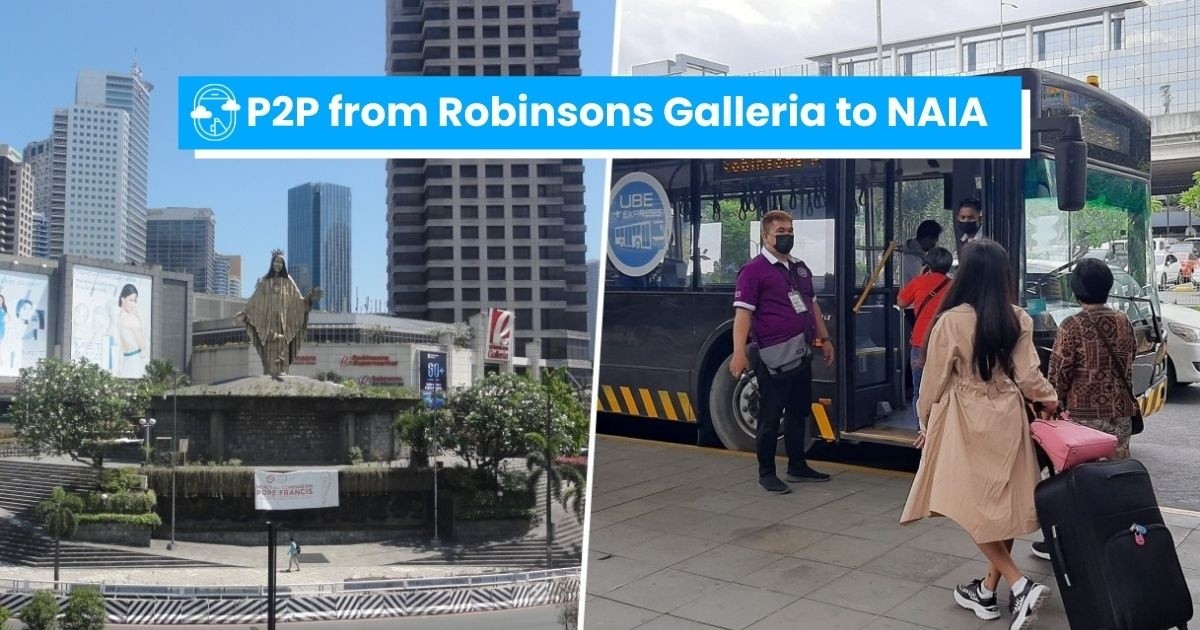NAIA Enforces New Rules to Curb Spread of Virus; Here’s What You Need to Know About the ‘New Normal’ of Air Travel
Here's what to expect once travel restrictions are lifted.
by Cristina Morales | May 07, 2020
The COVID-19 pandemic is drastically changing the way we live, and now that countries around the world are preparing to ease up their quarantine measures, governments are creating protocols to minimize the transmission of the virus. Once travel restrictions are lifted, things won’t go back to what they once were. The Department of Transportation (DOTr) has set guidelines for a “new normal” in international and domestic terminals, which will be adopted by the Ninoy Aquino International Airport (NAIA), as enforced by the Manila International Airport Authority (MIAA).
These are the rules set by the DOTr to curb the spread of the virus:
1. All individuals should wear face masks inside the airport facility
As of this writing, the MIAA has purchased 133,750 pieces of surgical face masks and 4500 pieces of washable masks for its employees.
2. Everyone entering the airport complex should submit themselves to a mandatory body temperature check
This was already in place before the Enhanced Community Quarantine (ECQ) was announced. The MIAA will continue temperature checks at all security checkpoints inside the airport, as well as vehicle checkpoints in the immediate vicinity of NAIA’s four terminals. Security personnel are equipped with 81 infrared thermometer guns.
3. Social distancing measures will be observed
The MIAA will be installing yellow floor markings in all queuing points to enforce social distancing. There will be acrylic barriers in all check-in counters and help desks. A “one seat apart policy” will also be enforced when seating.
4. Security procedures will be done without contact
These procedures will not limited to the use of walk through x-ray machines, portable scanners, handheld metal detectors, and the like. Pat down/manual frisking will be limited to exceptional situations.
5. Only passengers with valid travel documents and confirmed bookings for the day will be allowed to enter the airport facility.
The MIAA policy that limits the entry of non-airport workers and non-passengers into NAIA will remain in effect.
6. Continuous disinfection of all NAIA facilities — especially those used for flight operations
These facilities include aerobridges, baggage conveyors, check-in counters, immigration, customs, and other help desks. Disinfection activities will also be done extensively on other airport facilities and equipment such as x-ray machines and trays, inspection tables, pushcarts, wheelchairs, and other frequently touched surfaces.
All restrooms in the terminals, as well as public areas, will be continuously cleaned on a 24-hour basis. Each restroom will have a steady supply of handwash, hand sanitizers, toilet paper, and paper towels. Over the last three months, the MIAA’s use of hand sanitizers has increase “remarkably”. Before COVID, five gallons of sanitizer were used each day, but now the figure has more than doubled at 13 gallons a day.
7. Foot baths will remain in all entry and exit points of passengers and airport personnel
This includes boarding bridges and/or similar areas for passenger embarkation/disembarkation to and from the aircraft.
8. Safety precaution posters and other health guidelines will be displayed at prominent places
Alert bulletins shall be made through the airport information boards and other display systems and through public announcements in MIAA’s official social media sites.
9. Contact tracing measures will be enforced
As required by the Bureau of Quarantine, all passengers departing and arriving will be required to electronically fill out Health Declaration Forms and Passenger Locator Forms for straightforward contact tracing.
To learn more, visit the MIAA website.



